
Arriving in Pakistan, tourists can easily see Taj trucks (or Jingle Trucks) decorated with colorful patterns. Many Vietnamese people even feel "shudder" when seeing them for the first time.

The tradition of painting and decorating trucks in this country originated in the 1940s when Sikh drivers painted portraits of gurus and religious figures, then added landscapes, winged horses, peacocks, fish, flowers, etc. on the inside and outside of their vehicles to show respect and pray for safety while traveling.

To produce a decorative body, Pakistanis have to use a number of things like iron, wood, paint, plastic and fabric seats. These items combined together create a unique, eye-catching look.

This process takes about a month and more than a dozen workers. After completing the frame, the worker starts welding the parts onto the vehicle.

Opening the door and entering the narrow space of the cockpit, it is easy to see that every inch of space from the steering wheel, seats, glass edges, etc. is beautifully crafted. Poems and religious stories are carved in detail and exquisitely, turning each car into a special work of art.

The art of decorating trucks in Pakistan became world famous in the 1970s when international tourists came here and found it strange and showed it off to their friends and relatives.

In a book about the journey from Türkiye through Iran to South Asia called "Paradise", a group of hippies from Europe and America also expressed surprise at these strange images.

In recent times, Pakistani truck decoration has become more and more diverse. In addition to portraits of gods or gurus, Pakistanis also paint their favorite characters.

There is no wasted space, even the rearview mirror is meticulously decorated with borders.

In addition, the car body or the barrier is also decorated with bells and strings. When the car rolls, the jingling sound is very pleasant to the ears along with colorful fabric threads fluttering in the wind.

Each part is decorated differently with a different style, depending on the region. For example, trucks in Balochistani and Peshawari drivers tend to use more wood while in Rawalpindi and Islamabad the vehicle decoration pieces are usually made of plastic.

It is known that the art of decorating trucks here also greatly affects the business of the people. They believe that the more beautiful the vehicle, the more potential it has for development.

To decorate an entire car, the driver has to pay from 3,000 to 5,000 USD. This has long become a distinct cultural feature not only in Pakistan but also in some Central Asian countries.
Source


![[Photo] President Luong Cuong receives Lao Vice President Pany Yathotou](https://vphoto.vietnam.vn/thumb/1200x675/vietnam/resource/IMAGE/2025/5/25/958c0c66375f48269e277c8e1e7f1545)
![[Photo] The coffin of former President Tran Duc Luong arrives in Quang Ngai](https://vphoto.vietnam.vn/thumb/1200x675/vietnam/resource/IMAGE/2025/5/25/1f1aca0d92ab47deae07934e749b35e6)
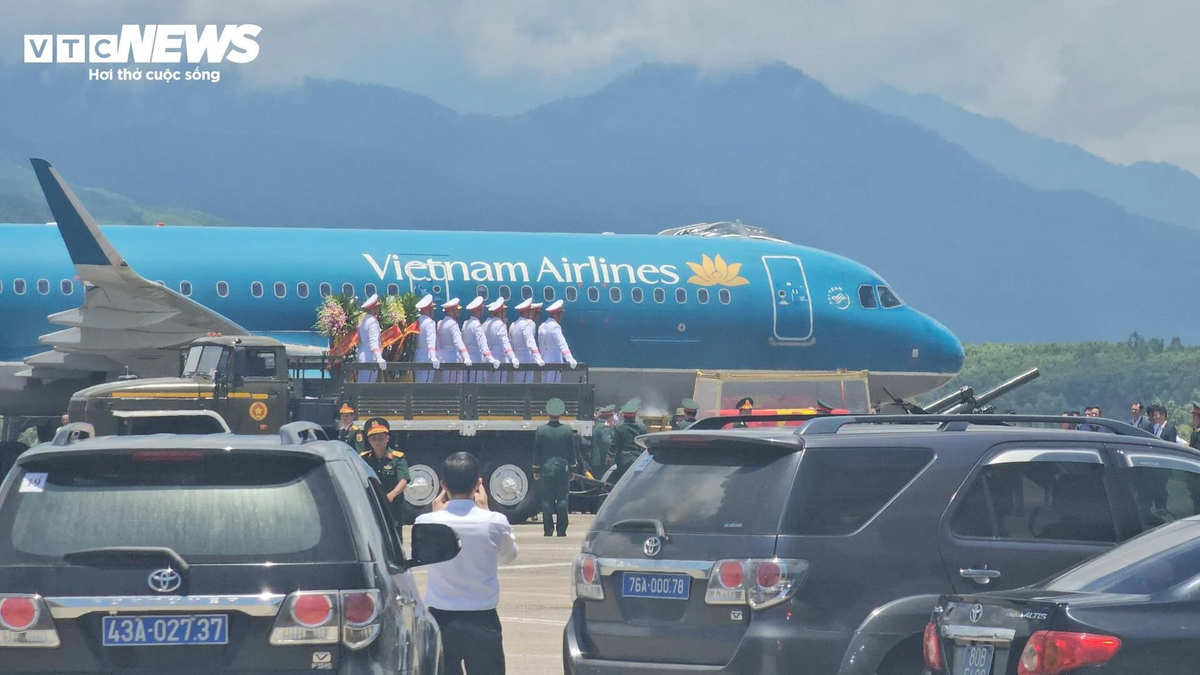

![[Photo] Festival of accompanying young workers in 2025](https://vphoto.vietnam.vn/thumb/1200x675/vietnam/resource/IMAGE/2025/5/25/7bae0f5204ca48ae833ab14d7290dbc3)
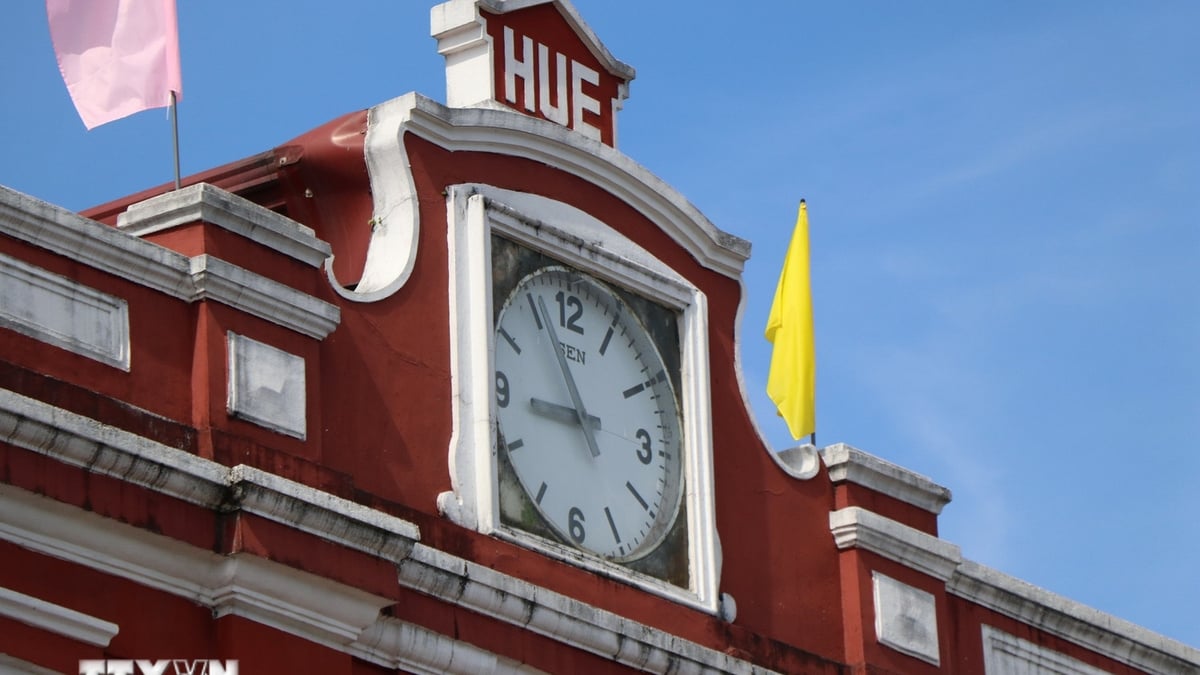
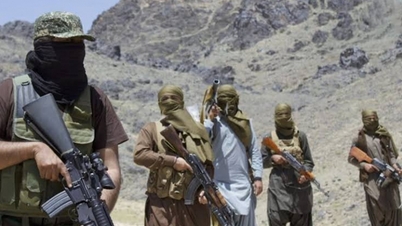




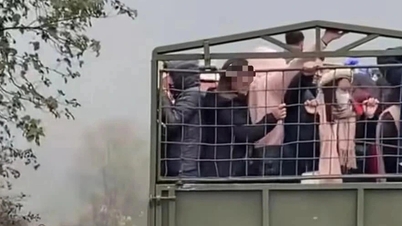

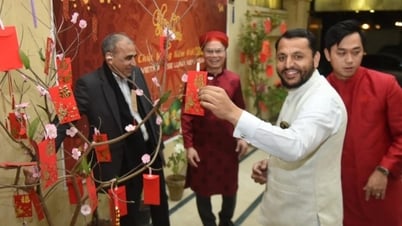
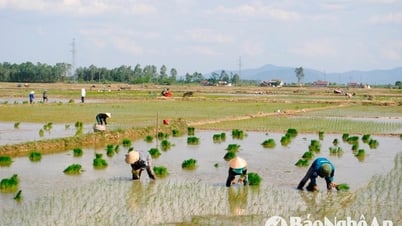

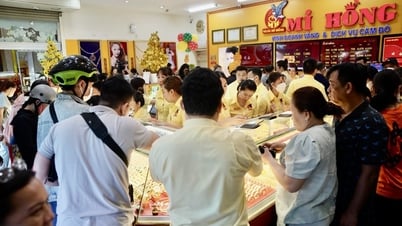


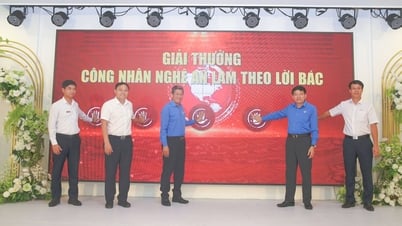
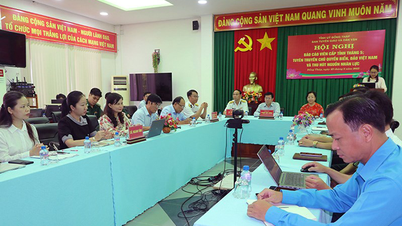





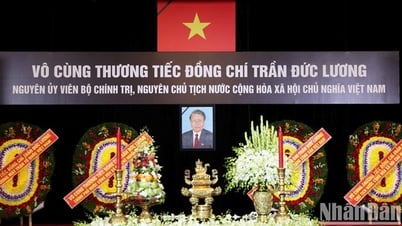
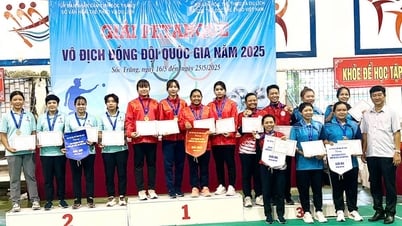










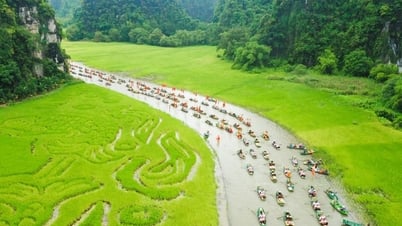





















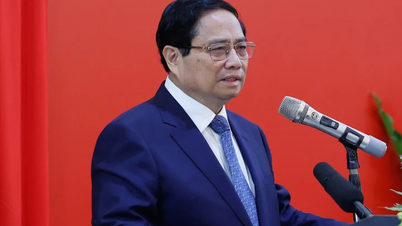

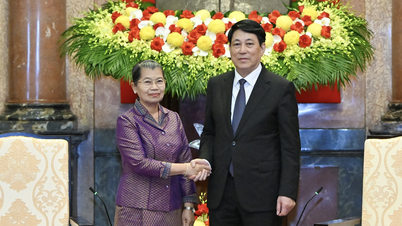


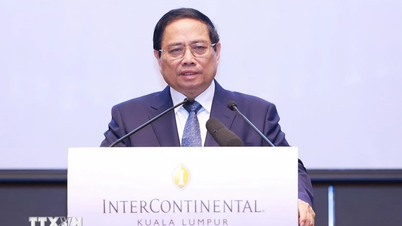







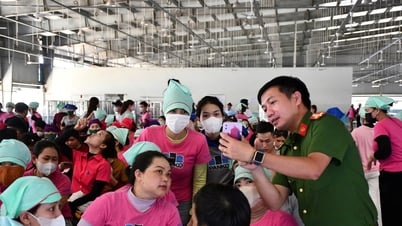

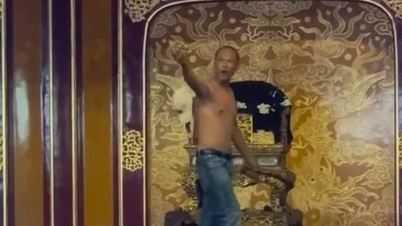



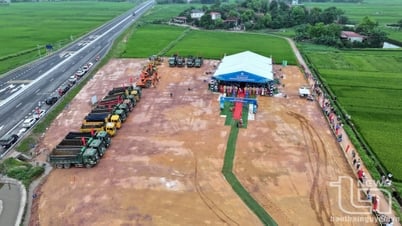


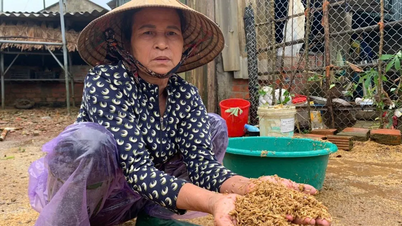







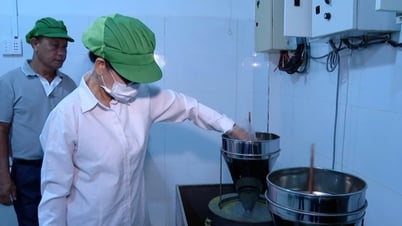





Comment (0)